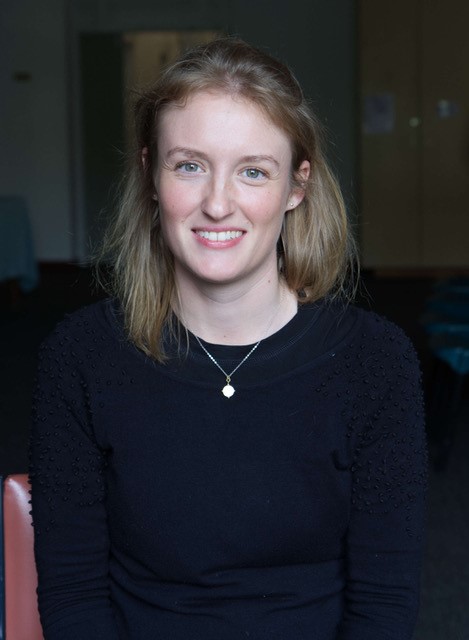Due to the necessity to minimise our attendance at events in public spaces where possible, we are continuing our Zoom breakfast meetings until a decision is made to return to face-to-face meetings.
If you would like to visit our meeting, please contact us by email on rotaryclubcentralmelbourne@gmail.com or phone 0455-858-996 and request log-in details.
The meeting will commence at 7:40am and conclude no later than 8:45.
 Bianca Friend: Australian Wildlife Conservancy - a new model for conservation
Bianca Friend: Australian Wildlife Conservancy - a new model for conservation
In 2021 The Rotary Foundation added Protecting the Environment as the seventh area of focus. Clubs and districts around the world have been challenged to develop worthwhile projects to fulfil the Foundation’s goals. Suvam Ganguli is leading Rotary Central Melbourne’s efforts in this area.
This session will highlight the work of the Australian Wildlife Conservancy and is designed to promote ideas that may lead to corporate partnerships in the area of wildlife conservation.
Australian Wildlife Conservancy (AWC) is the largest private owner of land for conservation in Australia, protecting endangered wildlife across more than 6.5 million hectares in iconic regions such as the Kimberley, Cape York, Kati Thanda-Lake Eyre and the Top End. Recognising that ‘business as usual’ for conservation in Australia will mean additional extinctions, AWC is implementing a new model for conservation.
AWC manages 30 properties around Australia covering more than 6.5 million hectares. This makes AWC one of the largest private (non-profit) managers of land for conservation in the world.
Number of species protected
AWC protects a very high proportion of Australia’s terrestrial biodiversity including 74% of all mammal species, 88% of all bird species and over 54% of all reptile and frog species. We protect more species – and more threatened species - than any other non-government conservation organisation in Australia.
Measurable increases in populations
AWC is delivering measurable increases in the wild populations of Australia’s most endangered species. For example, the population of Bilbies, Numbats, Woylies, Bridled Nailtail Wallabies and Purple-crowned Fairywrens on AWC properties have increased even though these species are declining elsewhere.
Investment in science
AWC has 59 ecologists (around 29% of our staff), most of whom are in the field. In the last five years, the AWC science program has generated over 150 peer-reviewed publications.
Leadership on feral animal control and fire management
- AWC implements the largest non-government fire management program in Australia (EcoFire, in the Kimberley).
- AWC has established the three largest feral herbivore-free areas on mainland Australia (Wongalara, Pungalina and Mornington Wildlife Sanctuaries).
- AWC manages more feral cat and fox-free land on mainland Australia than any other organisation, including the largest continuous feral-free area on the mainland (Mallee Cliffs National Park).
Bianca Friend joined AWC in December 2018, as a Development Executive based in Melbourne. Prior to joining AWC Bianca was working with an equestrian publication managing clients and associated stakeholders. Bianca has a strong passion for wildlife and volunteered for several years in conservation, wildlife care and rescue. She is currently studying her Bachelor of Biological Science majoring in zoology at La Trobe University.
